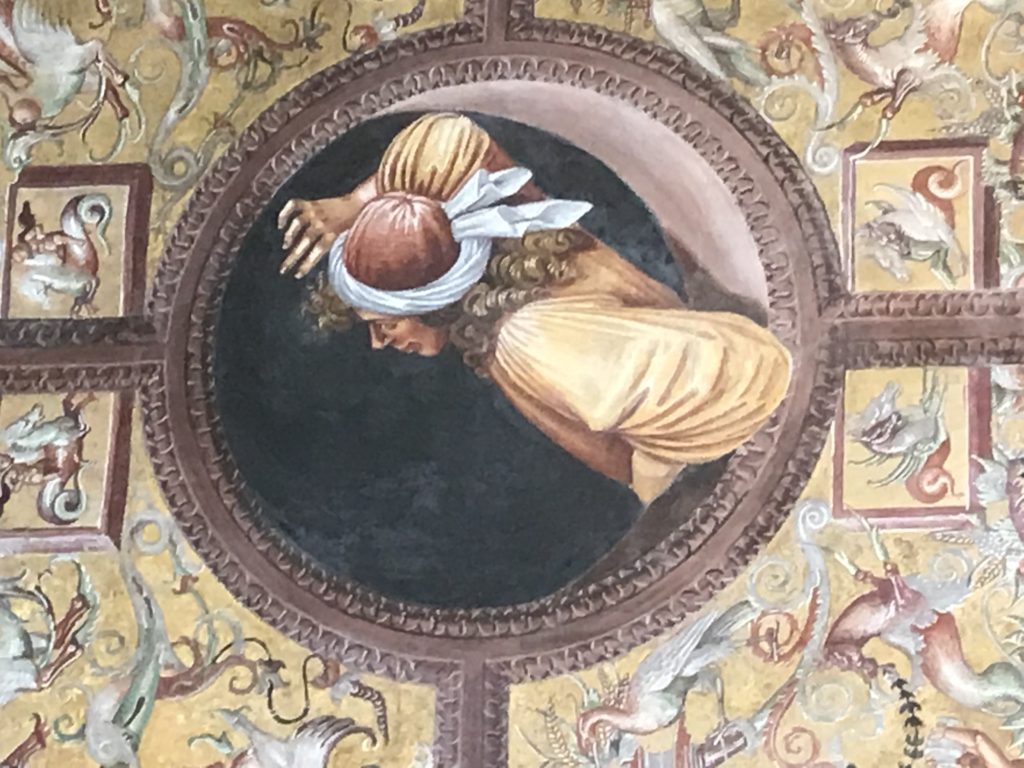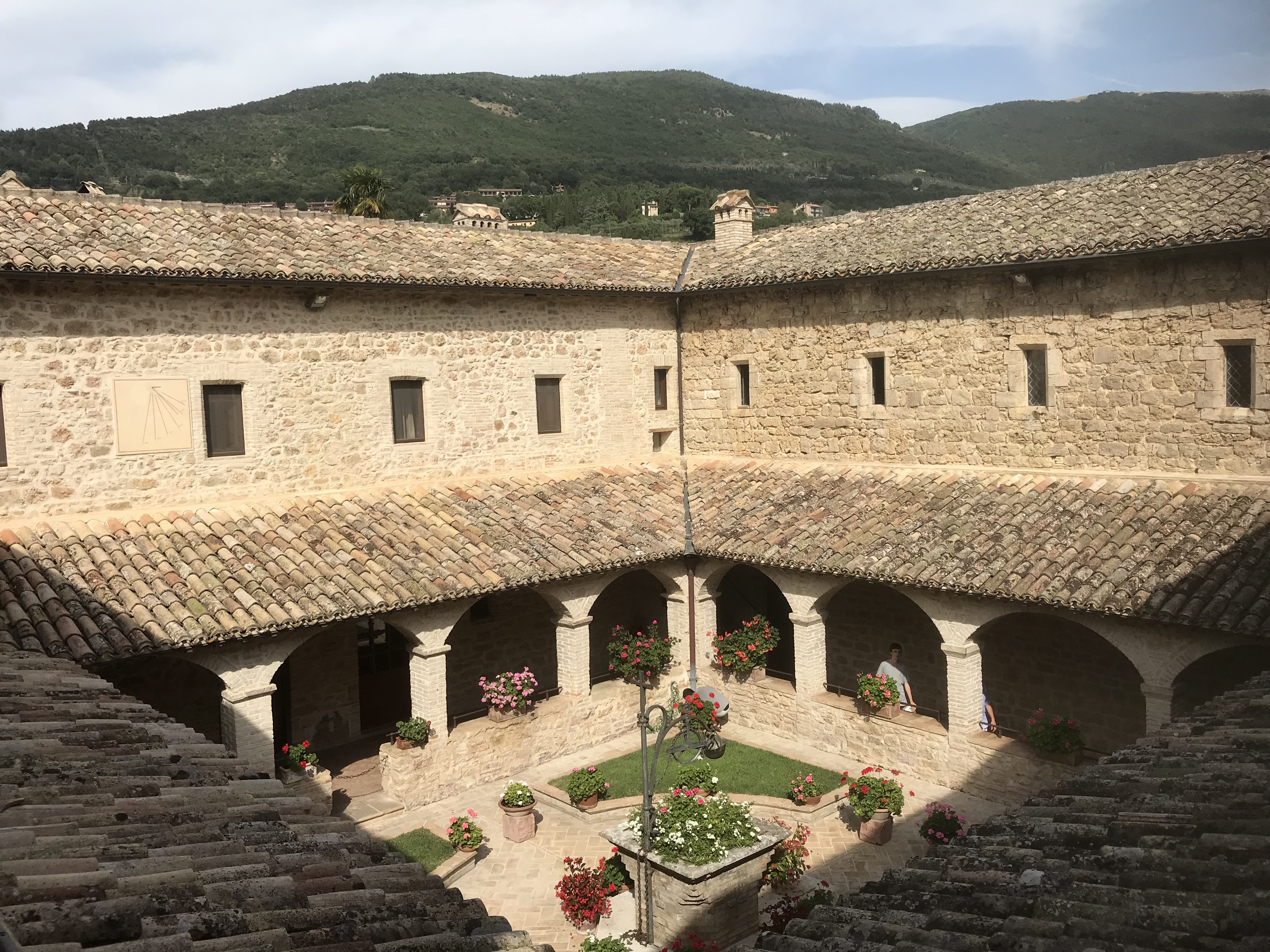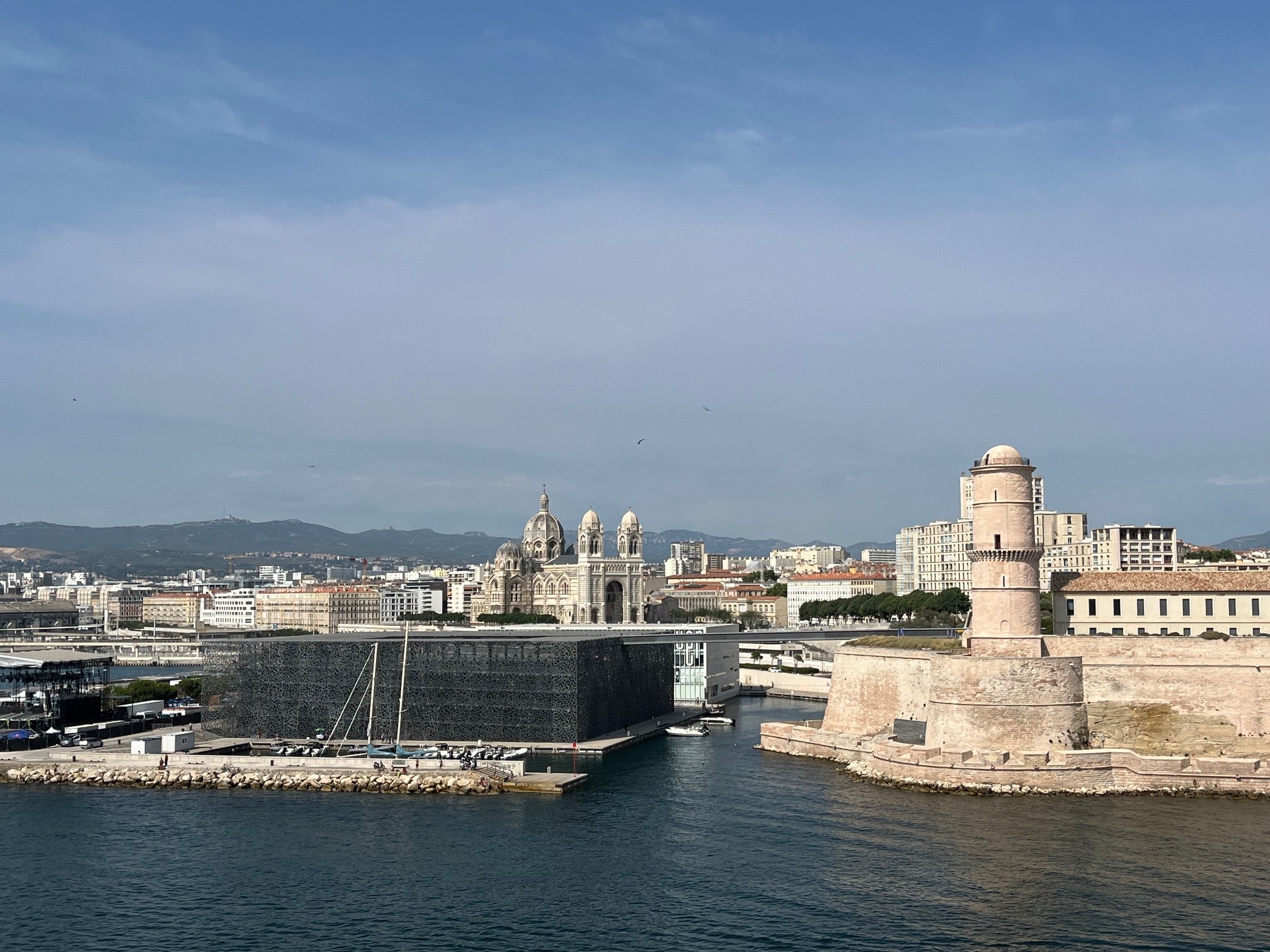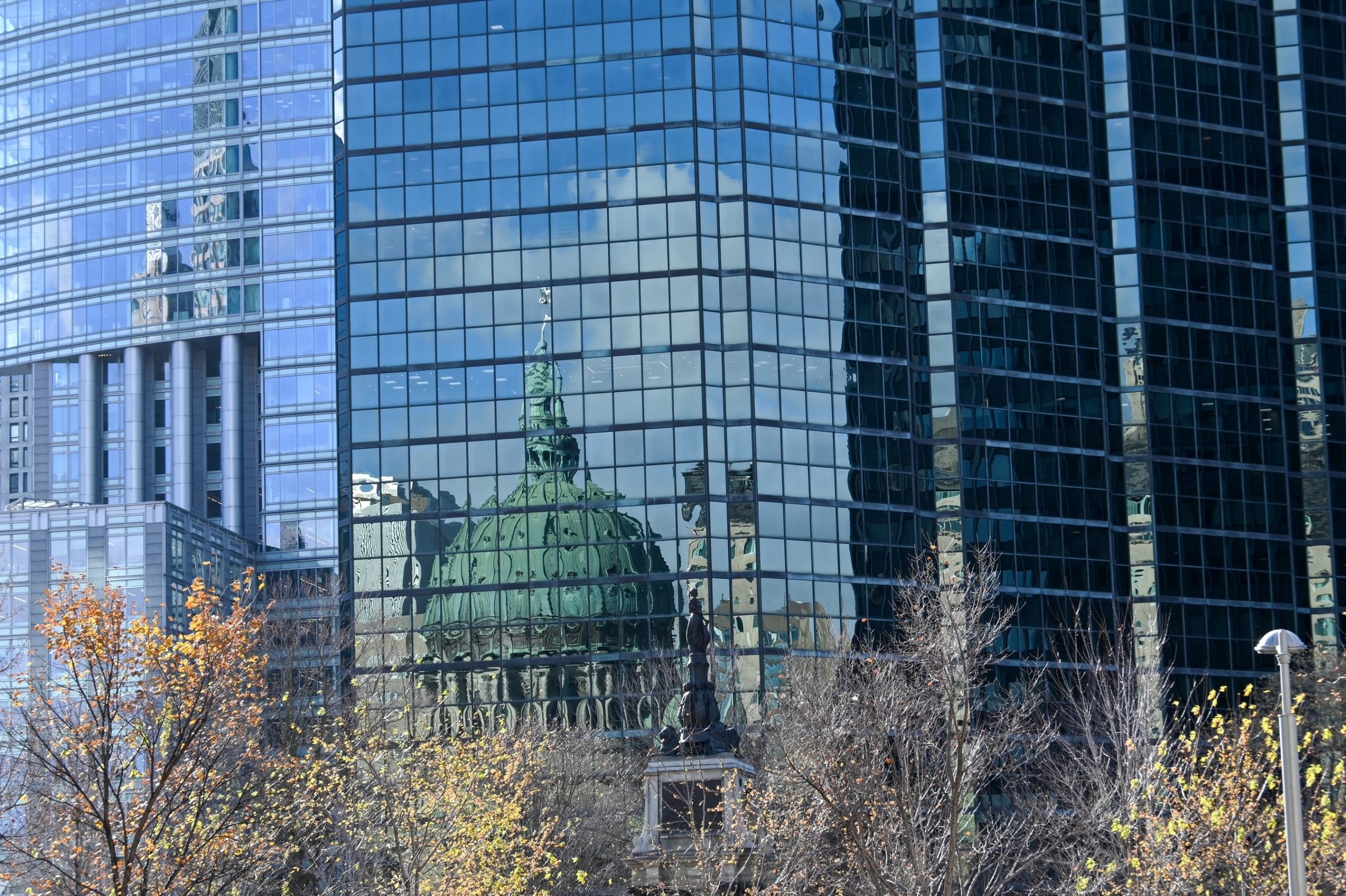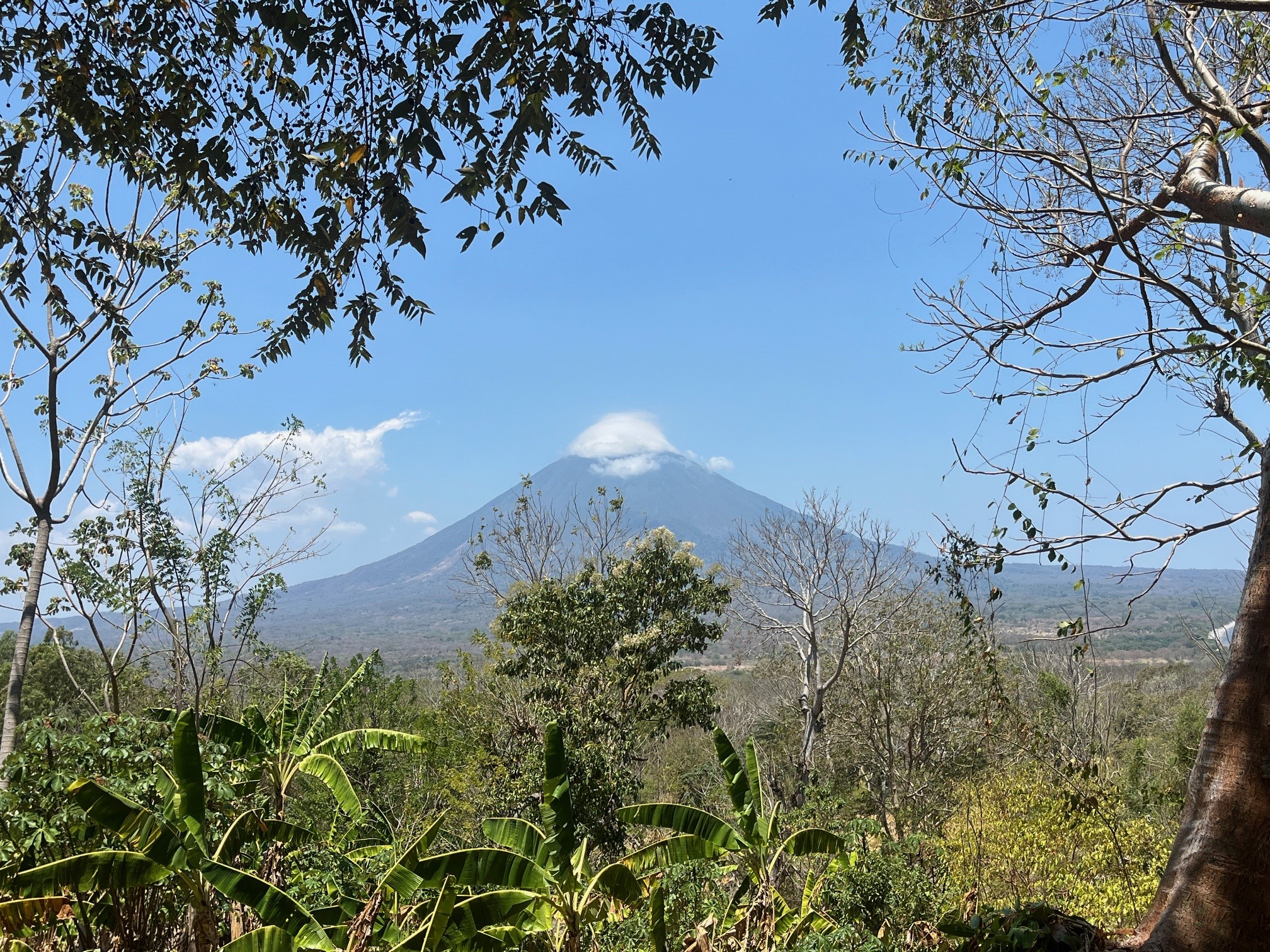A large house for a large family. Ancient walls whose stones protect from the summer heat. A large terrace for dining in the evening and from which in the morning one discovers a green, yellow and ochre landscape of forests, hills and vineyards. A few cypresses and the towers of a medieval village stand out on the crests. Difficult to think of a more perfect place for a family vacation and as a starting point to explore the Umbrian cities.
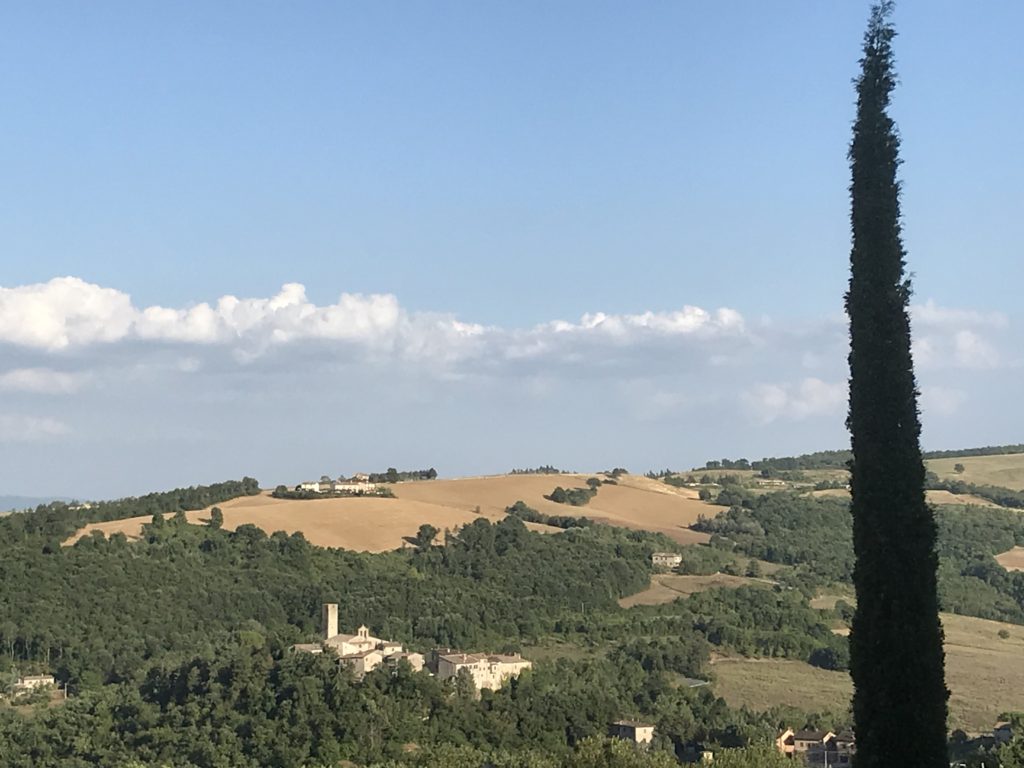
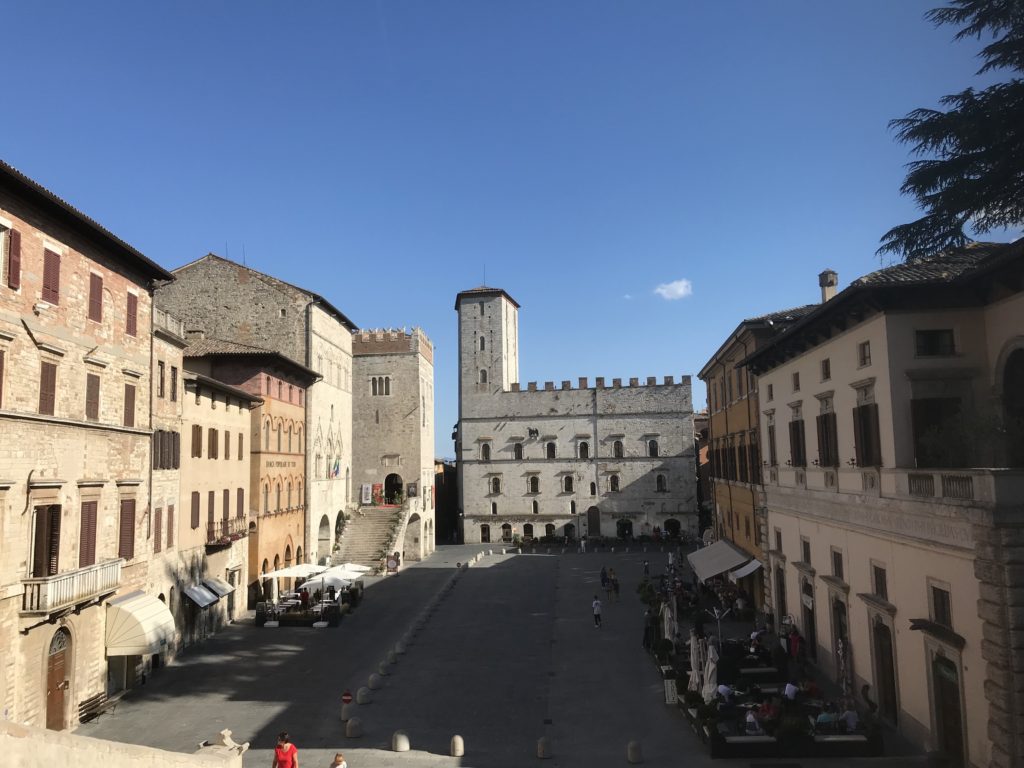
In the novel « After Hannibal » by British author Barry Unsworth, that house in Umbria is Harold and Cecilia Chapman’s dream. The English couple just bought a house in the hills. But the dream cracks when they enter in conflict with their neighbors, the Checchettis, a family of stubborn local peasants. They then get to know their other neighbors: Monti, a university professor, specialized in Perugia’s history, who has just been abandoned by his wife; Ritter, a German living alone and who seems obsessed by what his father did in these hills during the war; two gay Italians and the Greens, an American couple, living in the nostalgy of their honeymoon between Perugia and Assisi but who are being ripped off during their house renovation by an English “project manager” and an Italian builder. Almost everybody, one way or another, ends up in the chambers of Mancini, a lawyer in Perugia, who seems to have a solution for everything and looks upon all these events from a very high and historical standpoint.
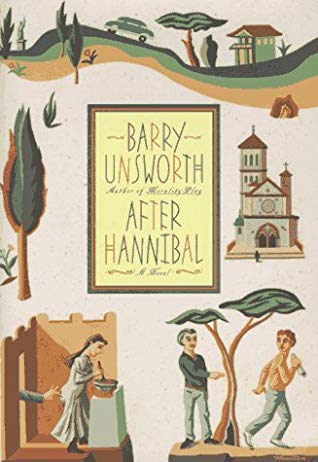

The novel, full of humor, goes well beyond the classical story of the Englishman who has to adapt to a new environment and culture, even though Unsworth himself used to live in Umbria. It is a book of crumbling walls and lost illusions., despite the warmth and the light from the sun on the hills.
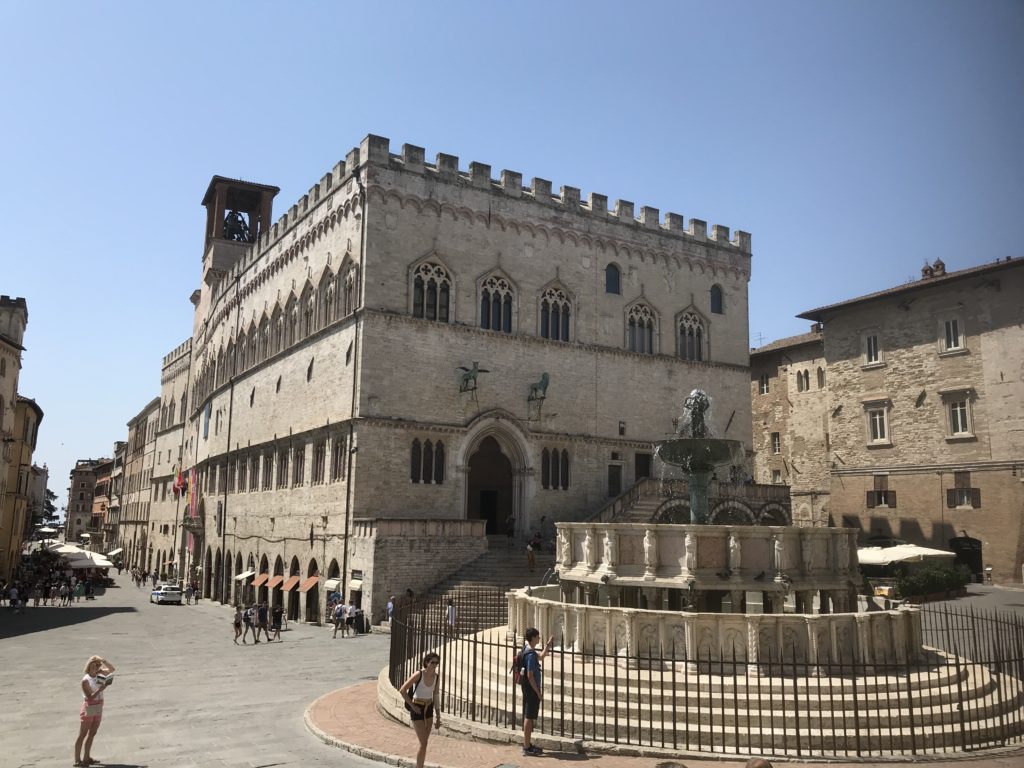
There is another building in Umbria that was in ruins and needed to be rebuilt. It is the small church of San Damiano a few kilometers below the town of Assisi. I admit being very attached to it because of my first name. That’s where in 1205 Francis prayed in front of a crucifix and heard Christ’s voice asking him “go and repair my church which, as you see, is all in ruins!”. He takes this exhortation literally and with a few friends rebuilds the chapel. Those are the first steps of the Franciscan Order. It is only later that he would understand the spiritual meaning of this request to rebuild his church.
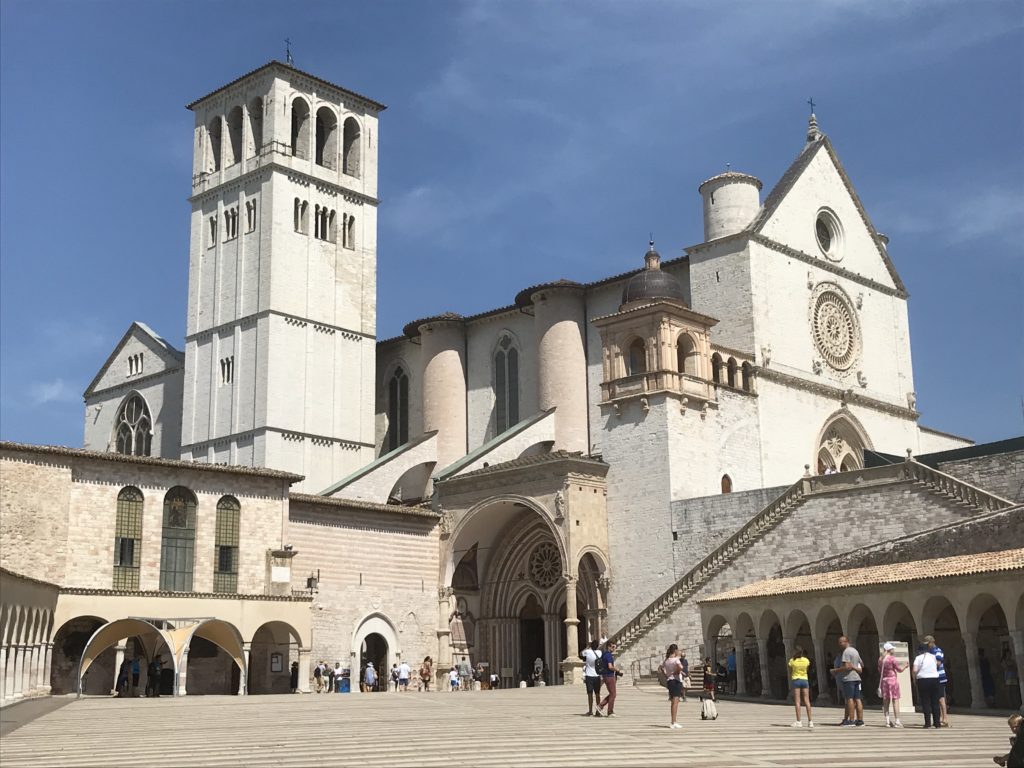
The convent then became the house of Saint Clare of Assisi and her followers. Francis would be a frequent visitor and it is also there that he composed, in the Umbrian dialect, a prayer considered by many as the first literary work in modern Italian, the Canticle of the Sun or Canticle of the Creatures. Here is the English translation:
“Most High, all
powerful, good Lord,
Yours are the praises, the glory, the honor,
and all blessing.
To You alone,
Most High, do they belong,
and no man is worthy to mention Your name.
Be praised, my
Lord, through all your creatures,
especially through my lord Brother Sun,
who brings the day; and you give light through him.
And he is beautiful and radiant in all his splendor!
Of you, Most High, he bears the likeness.
Praised be You,
my Lord, through Sister Moon
and the stars, in heaven you formed them
clear and precious and beautiful.
Praised be You,
my Lord, through Brother Wind,
and through the air, cloudy and serene,
and every kind of weather through which
You give sustenance to Your creatures.
Praised be You,
my Lord, through Sister Water,
which is very useful and humble and precious and chaste.
Praised be You,
my Lord, through Brother Fire,
through whom you light the night and he is beautiful
and playful and robust and strong.
Praised be You,
my Lord, through Sister Mother Earth,
who sustains us and governs us and who produces
varied fruits with colored flowers and herbs.
Praised be You,
my Lord,
through those who give pardon for Your love,
and bear infirmity and tribulation.
Blessed are
those who endure in peace
for by You, Most High, they shall be crowned.
Praised be You,
my Lord,
through our Sister Bodily Death,
from whom no living man can escape.
Woe to those who
die in mortal sin.
Blessed are those whom death will
find in Your most holy will,
for the second death shall do them no harm.
Praise and bless my Lord,
and give Him thanks
and serve Him with great humility.”
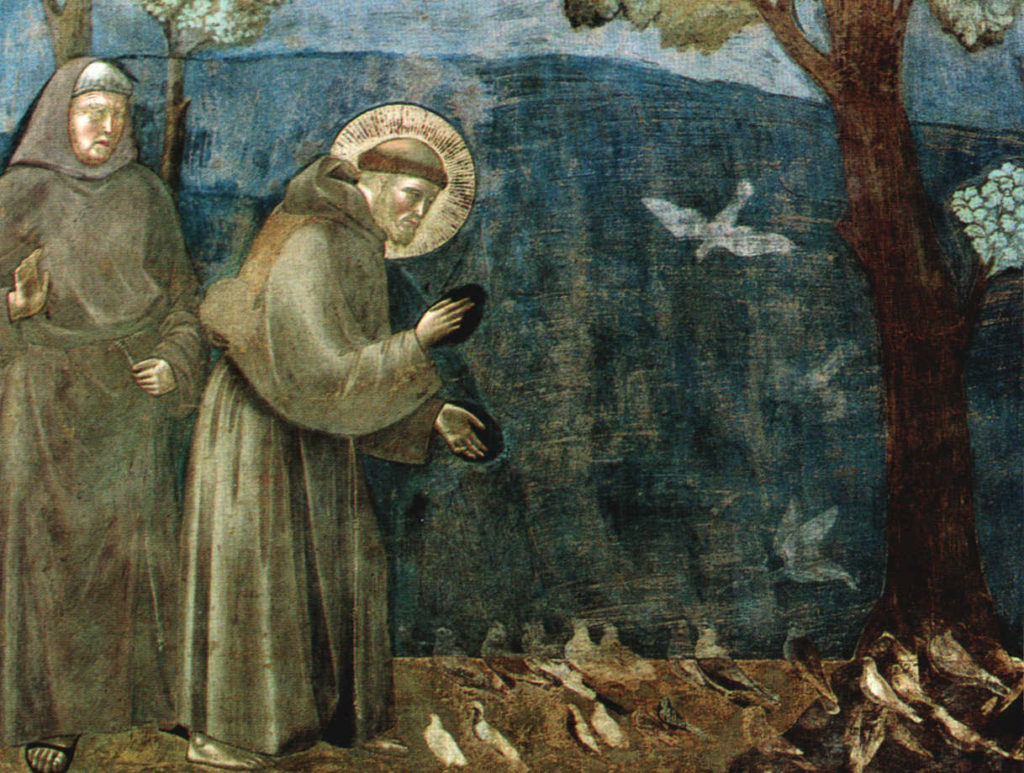
It seems that the last verses about bodily death were added as Francis lay dying in San Damiano. The chapel and the adjacent convent have barely changed since the thirteenth century and the simple power of that canticle endures.
